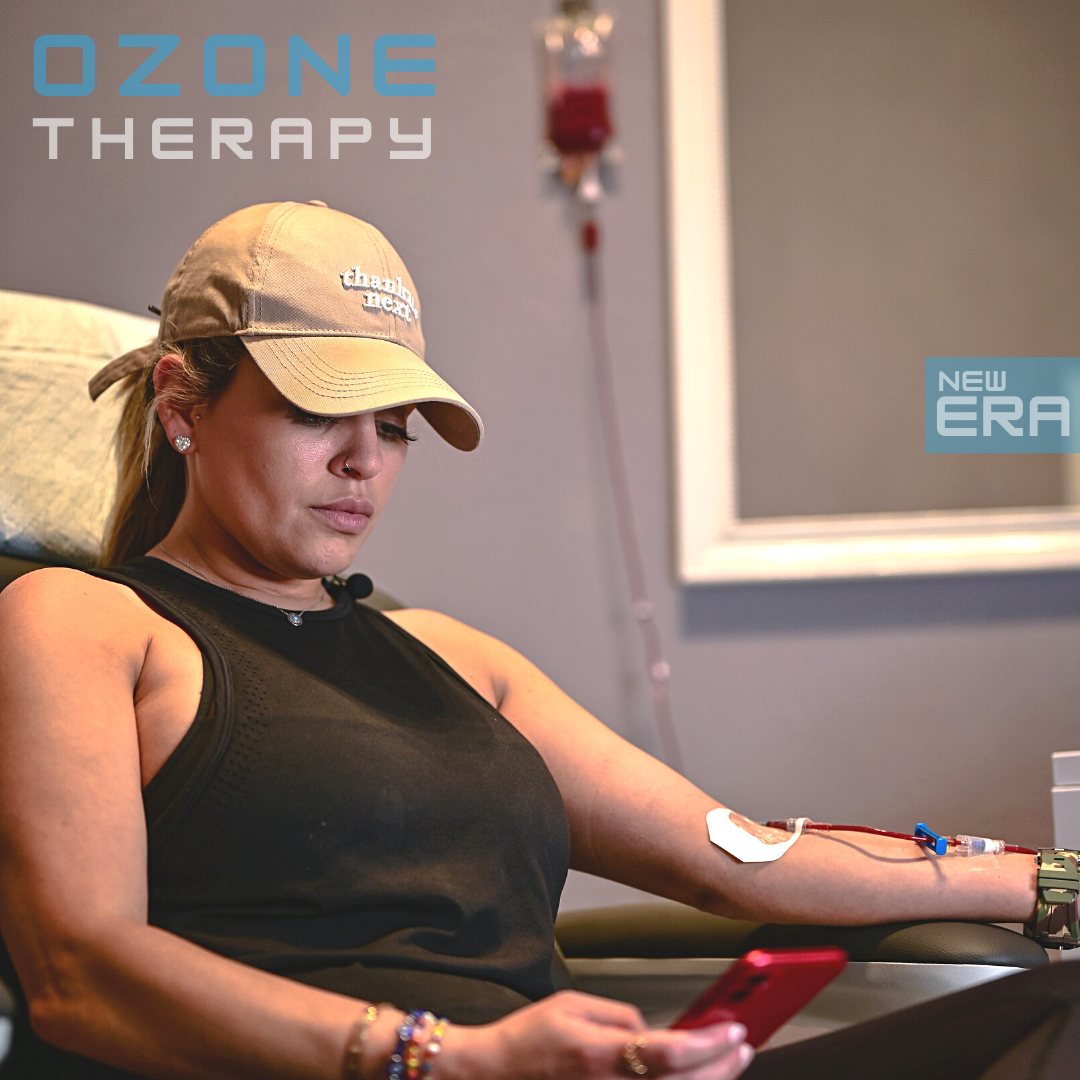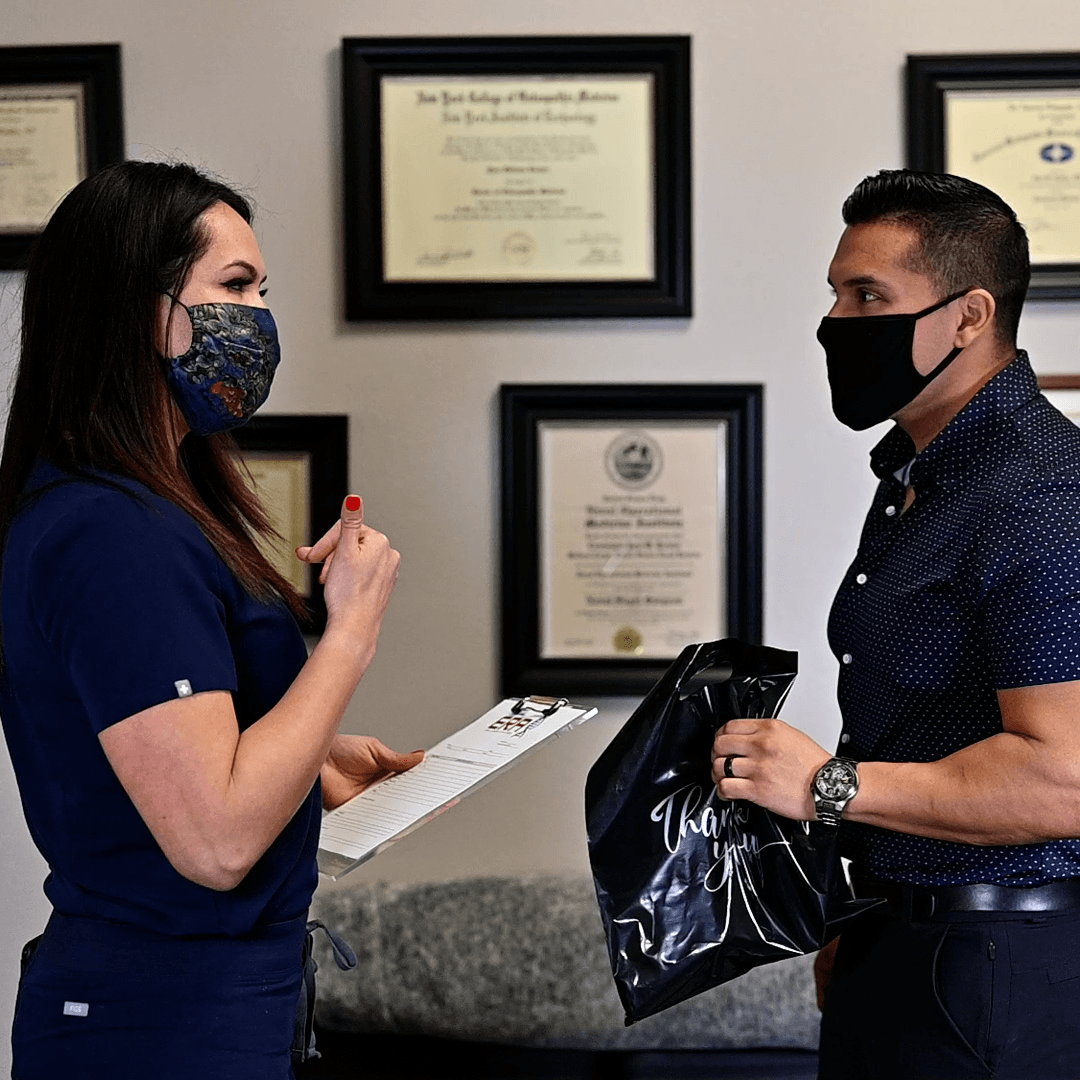Why I Get Ozone Therapy Weekly
OZONE THERAPY IN SAN ANTONIO, TEXAS
Getting down to the problem
It is of no surprise the importance of oxygen to our every biological function. It is our most critical essential nutrient. In the air we breath, oxygen exists in its most stable form, as two molecules – O2. When extreme energy is applied, such as during a lightning storm, the oxygen molecules break apart and reconfigure into a less stable, “supercharged” form of three oxygen molecules – O3, better known as ozone. Clinically, we use ozone generators to activate oxygen and create the ozone. When introduced into your body, the ozone interacts with your own bio-molecules, converting them into ozonides which have remarkable therapeutic properties that last for days and often weeks. In this way, ozone therapy both stimulates and stabilizes biological functions rather than suppressing them, and induces innate healing, balance and well-being. This truly unique trait of ozone allows it to be non-specific, working with your own complex, biochemical and physiological processes to improve, if not eliminate a wide range of symptoms and conditions, both chronic and acute.
The History
Medical administration of ozone has been around since World War I, when German doctors used ozone to disinfect wounds of soldiers in the trenches. There are varying ideas about how long ozone has been in use strictly as a therapy, but the potential medical implications are many: ranging from treatment of diseases to prevention of sickness to wound treatment to anti-aging and skincare. The most common and well-known type of administration is ozonated autohemotherapy, where blood is drawn, injected with ozone and replaced via IV. This allows ozone to enter the bloodstream and affect nearly every part and system of the patient’s body. However, there are many ways to administer ozone.
What does ozone do to the body?
Perhaps the biggest effect of ozone on the human body (when properly administered) is the reduction of mitochondrial suppression. Mitochondrial suppression is not the same as mitochondrial decay, which is a natural and unavoidable part of aging. Rather, mitochondrial suppression is what occurs when mitochondria (the building blocks of cells) aren’t getting enough oxygen. This is often the effect of illness. Ozone reacts with the cells of the body, the third oxygen atom modifying their molecular structure for improved oxidation. Oxygen is then able to better reach the mitochondria and optimize their function.
This is the ideal effect of systemic ozone administration (when performed intravenously or rectally), but it also serves a purpose when applied externally as a gas, a liquid, or even a gel, oil, cream or paste. Oxygenation is the keyword in these cases. In the same way that ozone is able to disinfect surfaces for the food service, it is able to disinfect and oxygenate wounds and burns. The oxygenating properties of ozone also have far-reaching implications for skincare and dental health.







